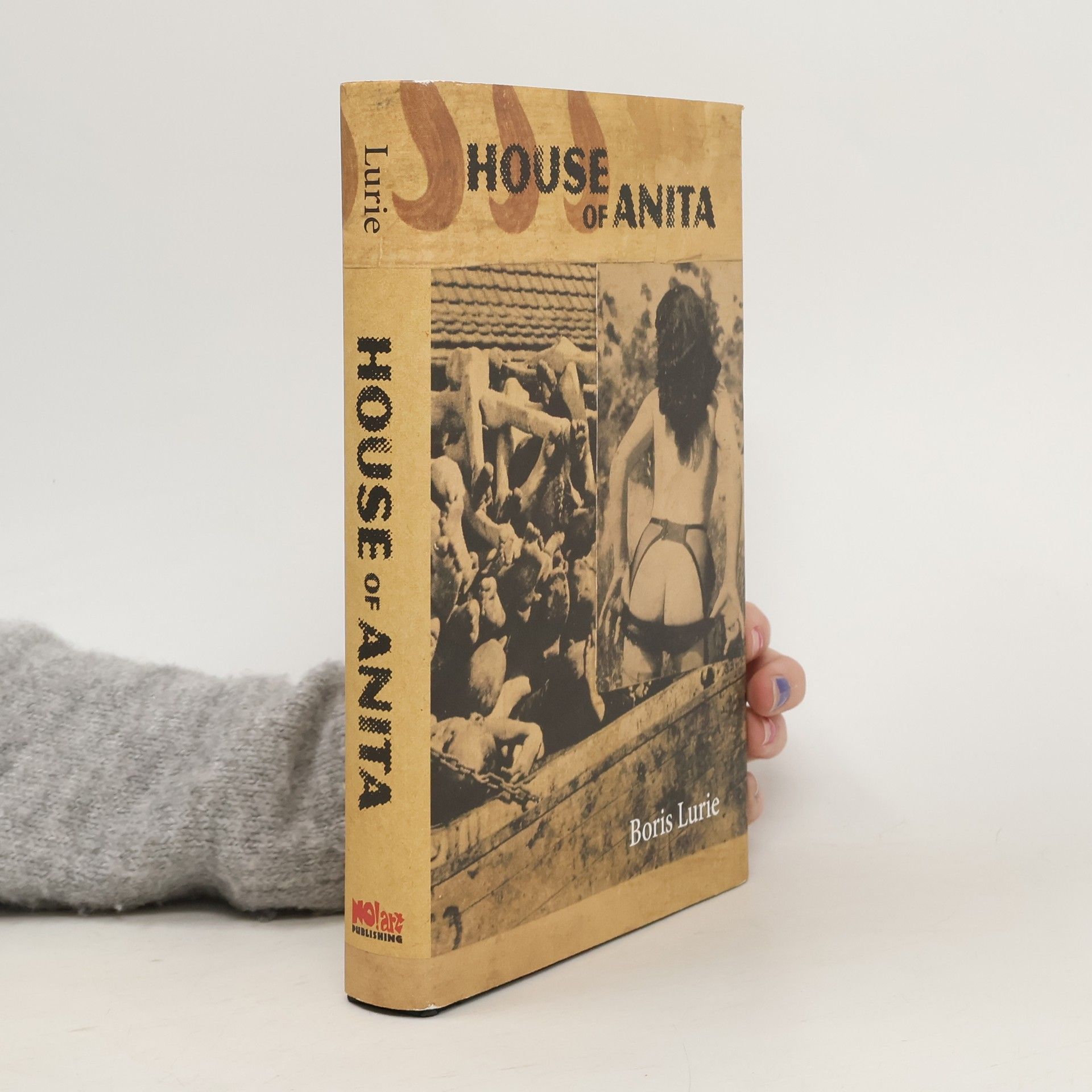Lurie worked on the composition of House of Anita from the seventies almost up to the end of his life. It is his Ecce homo. In the guise of an S/M novel, if a quite surreal, absurd, and poignant S/M novel, the work attempts to come to terms with the circumstances of his traumatic youth interned in the Nazi death camp at Buchenwald, while exploring the meaning of the life of the artist and the place of art in the post-Holocaust world, and railing against the degradation of art by the market. Though not strictly speaking an allegory, and certainly not simply autobiography cloaked in leather and chains, House of Anita does employ the philosophy and vocabulary of a highly specialized mode of experience, the world of organized sado-masochism, to depict and examine the "ordinary" post-Holocaust world. In tone and sensibility the work falls in the lineage of Alfred Jarry, Franz Kafka, and Kathy Acker
Boris Lurie Libros


In Riga
Aufzeichnungen
Bewegende Erinnerungen Luries an seine Zeit während des Nationalsozialismus in Riga – wie lässt es sich mit dem Erlebten weiterleben? Im Spätsommer des Jahres 1975 bestieg Boris Lurie in New York ein sowjetisches Schiff, um nach Riga zu fahren und damit nach über 30 Jahren wieder in die Stadt zu kommen, in der er aufgewachsen war und wo er die Schrecken der deutschen Besatzungszeit hautnah miterleben musste. Insbesondere ein Geschehnis änderte dabei den Lauf seines Leben, als im Dezember 1941 im Wald von Rumbula Tausende Juden hingerichtet wurden, darunter Familienmitglieder Luries sowie seine damalige Freundin. Luries Leben teilte sich in ein vor und ein nach Rumbula, und sein Besuch dieses Ortes während seiner Reise führte auch dazu, dass er mit dem Schreiben begann und darüber in den Dialog mit denjenigen, die nicht mehr da waren. Nach Luries Tod entdeckte man in seinem Nachlass mehrere Boxen, gefüllt mit schriftlichen Aufzeichnungen und Zeitungsausschnitten. Aus Riga zurückgekommen, hatte Lurie damit begonnen, seine Erinnerungen an Riga während des Zweiten Weltkriegs niederzuschreiben, aber auch die Empfindungen während seiner Reise festzuhalten. Ein berührender Text, der die Frage aufwirft, wie man danach weiterleben kann.